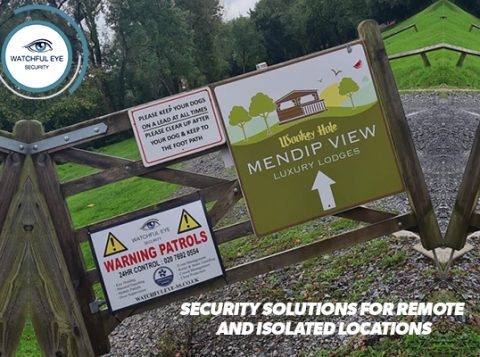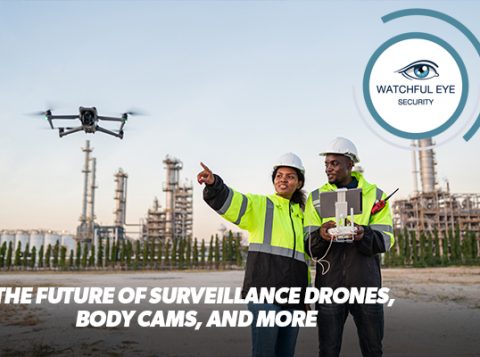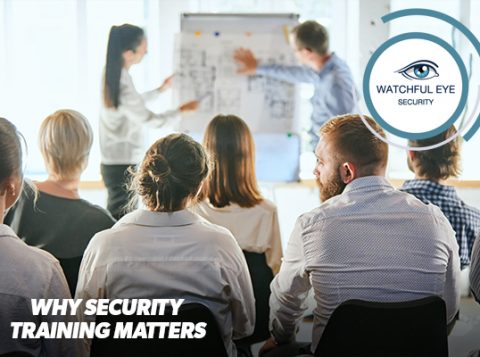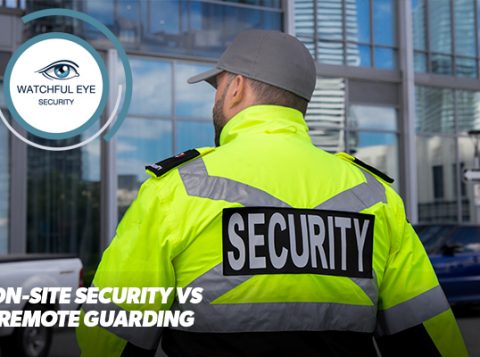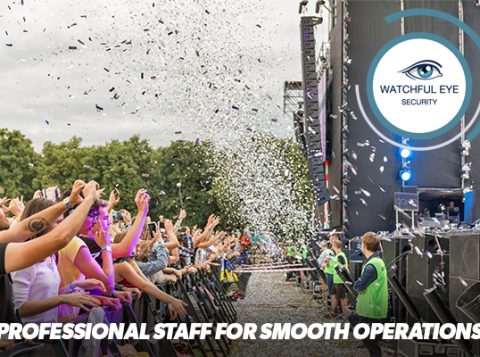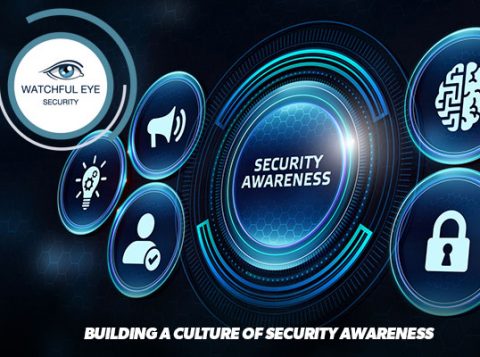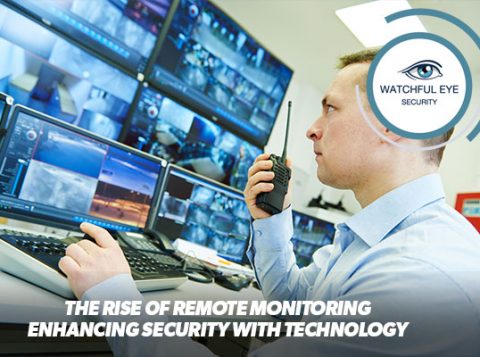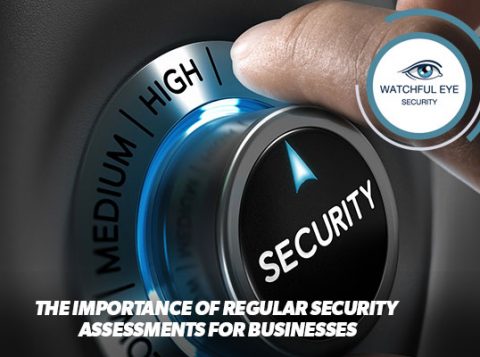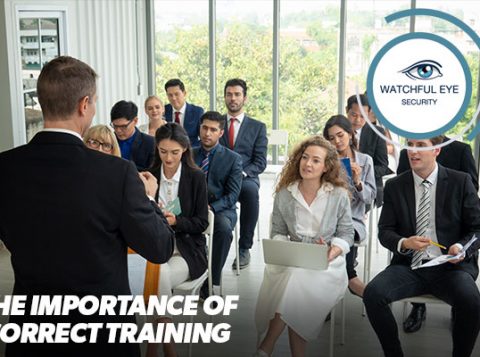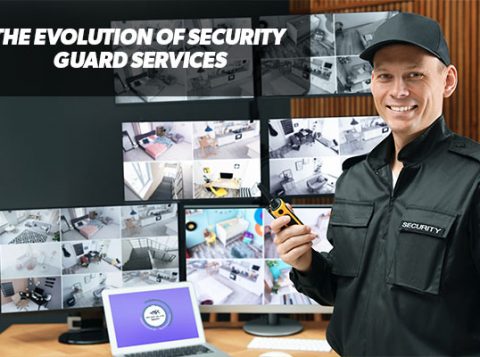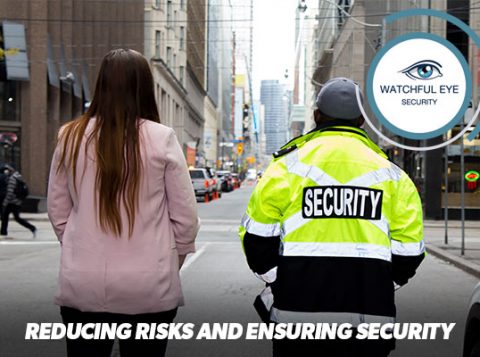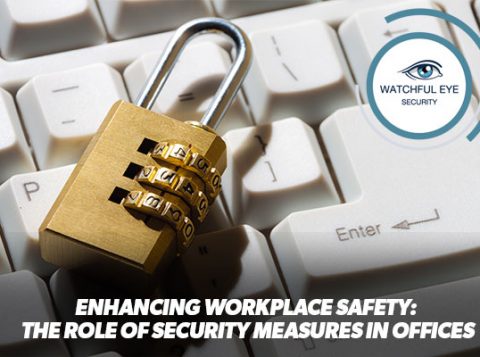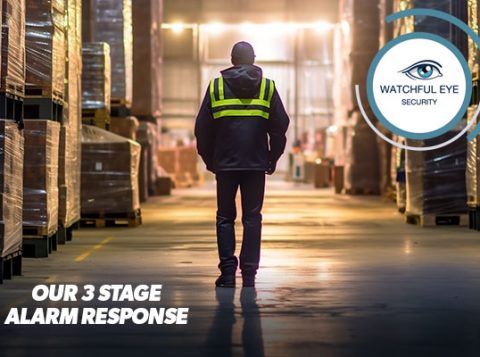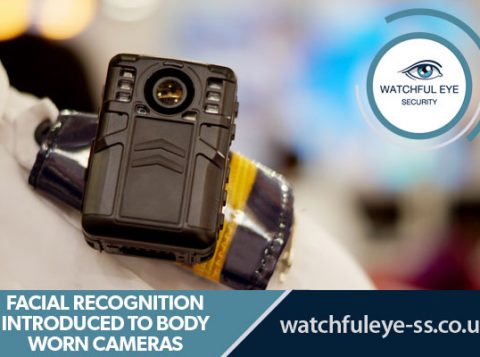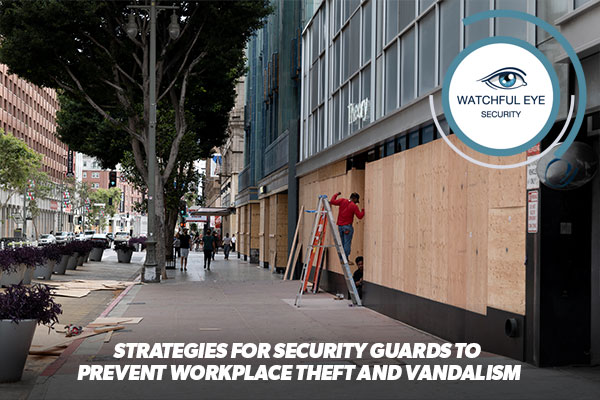
Prevent Workplace Theft and Vandalism
Workplace theft and vandalism can have a significant impact on businesses, causing financial losses, property damage, and disruptions in operations. As security guards, it is crucial to implement effective strategies to prevent such incidents from occurring. However, there are tradeoffs and challenges involved in balancing different factors while devising these strategies, and it is essential to consider the impact on all stakeholders.
In this article, we will discuss the various approaches that security guards can take to prevent workplace theft and vandalism, while examining the tradeoffs and challenges associated with each approach and highlighting the importance of considering the impact.
Physical Security Measures: Physical security measures involve the use of barriers, locks, and security systems to restrict access to the workplace. This can include installing cameras, alarms, and access control systems to monitor and control entry to the premises.
Tradeoffs: While physical security measures may seem like an effective way to deter theft and vandalism, they can also create a sense of mistrust and discomfort among employees. This could lead to decreased employee morale and productivity.
Challenges: Maintaining and upgrading physical security measures can be costly, and constant surveillance can also cause privacy concerns for employees. Additionally, determined thieves and vandals may find ways to bypass these measures.
Impact:
While physical security measures can prevent workplace theft and vandalism, they can also have a negative impact on employee satisfaction and overall business culture.
- Conducting Background Checks:
Another approach to preventing theft and vandalism is through conducting thorough background checks on potential employees. This can help identify any red flags or criminal history that may put the workplace at risk.
Tradeoffs: Background checks can be time-consuming and may also involve legal considerations. They can also create biases and judgments based on an individual’s past rather than their current character.
Challenges: The effectiveness of background checks can also be limited, as not all criminal histories may be uncovered, and it may be difficult to predict an individual’s potential for theft or vandalism.
Impact: While background checks can provide insights into an individual’s past, they may not always accurately reflect their current behavior and can also create barriers for individuals seeking employment.
Employee Training: Proper employee training can also be an effective tool in preventing workplace theft and vandalism. This can include teaching employees about security protocols, recognizing suspicious behavior, and reporting any concerns.
Tradeoffs: Training employees can be time-consuming and may require additional resources. It also relies heavily on the cooperation and compliance of employees, which can be challenging to enforce.
Challenges: Employees with malicious intentions may not be deterred by training and may still engage in theft and vandalism. Additionally, employees may not always recognize or report suspicious behavior, making the prevention efforts less effective.
Impact: Employee training can foster a culture of security awareness and promote a sense of responsibility among employees. However, it may not be enough on its own to prevent all incidents of theft and vandalism.
In conclusion, preventing workplace theft and vandalism requires a comprehensive and balanced approach. Security guards must consider the tradeoffs and challenges involved in each strategy, and the impact on all stakeholders, including employees, management, and the business as a whole. Physical security measures, background checks, and employee training can all play a role in preventing these incidents, but a combination of strategies may be the most effective in creating a secure and positive work environment.







